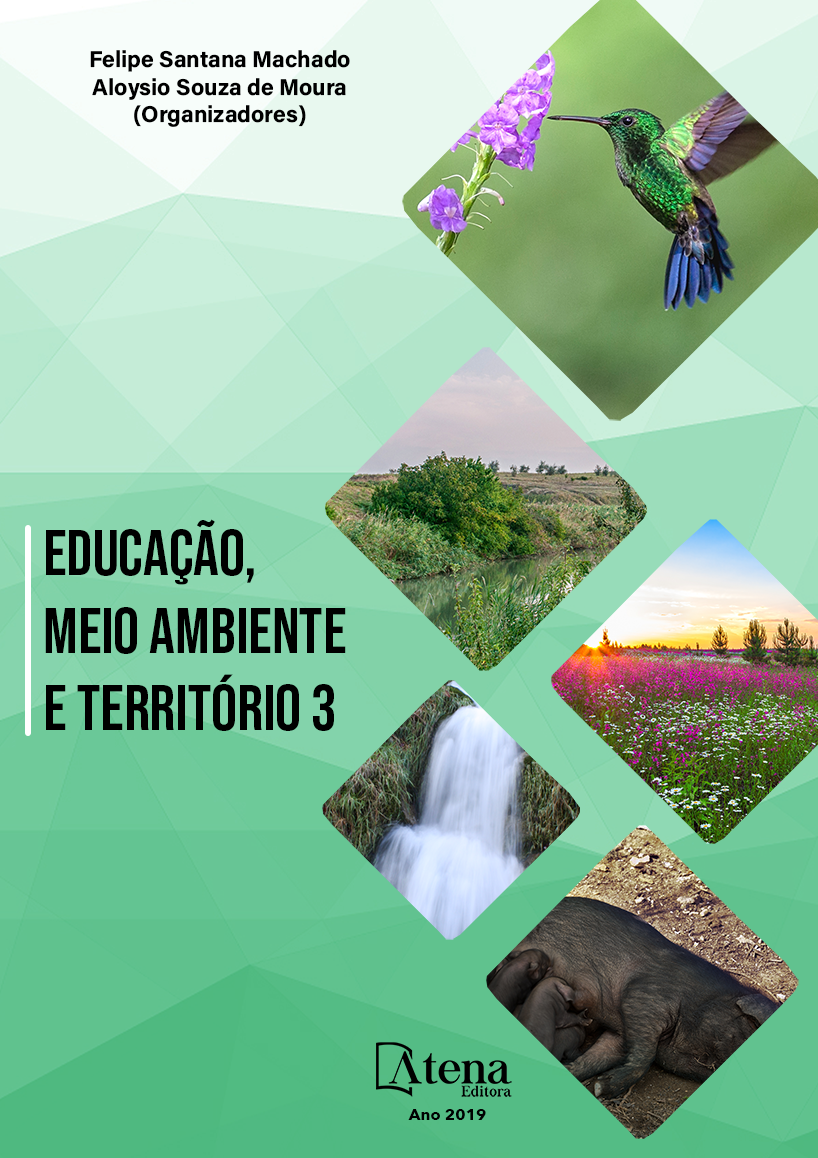
SUBSÍDIOS GEOLÓGICOS PARA O PLANEJAMENTO URBANO E AMBIENTAL DO MUNICÍPIO DE IGREJINHA/RS
Igrejinha é um município gaúcho
inserido na Encosta Inferior do Nordeste, no
vale do Rio Paranhana. A área do município
é formada por encostas com declividades
variáveis, relevo com grandes variações de cotas
(20 a 770 m) e com características geológicas
e estruturais diversificadas. O município
possui um histórico de eventos de inundações
e escorregamentos expressivos, inclusive
com vítimas e por isto foi feito um trabalho de
mapeamento geológico em todo o território
municipal. Foram identificadas 3 Formações de
interesse: Formação Pirambóia (não aflorante
no município), Formação Botucatu e Formação
Serra Geral. Os pacotes sedimentares da
Formação Botucatu têm espessuras médias
de 70 metros e afloram de forma contínua na
área do município, principalmente nas bases
das escarpas dos vales. O contato superior
com os basaltos da Formação Serra Geral
é discordante. Foram identificadas rochas
vulcânicas básicas (Fácies Gramado) e lavas
ácidas (Fácies Caxias), com predomínio das
primeiras, localizadas na região de escarpas.
As lavas ácidas são restritas a uma pequena
porção no extremo noroeste do município. As
lavas basálticas que afloram na porção central
do município foram divididas em dois materiais
distintos, Basaltos I (com grande variabilidade
mineralógica e textural e alta suscetibilidade
à alteração, geram solos espessos, de textura
argilosa e coloração vermelha a roxas) e
Basaltos II (geralmente pouco alterado e com
disjunções colunares bem desenvolvidas). Os
depósitos coluviais são expressivos havendo
depósitos importantes nas bases das encostas
e fundos de vales. Há depósitos de colúvios no
contato de derrames e nos sopés e superfícies
dos morros.
SUBSÍDIOS GEOLÓGICOS PARA O PLANEJAMENTO URBANO E AMBIENTAL DO MUNICÍPIO DE IGREJINHA/RS
-
DOI: 10.22533/at.ed.4421921026
-
Palavras-chave: Geologia; Igrejinha; mapeamento geológico; basalto.
-
Keywords: Geology, Igrejinha, geological mapping, basalt
-
Abstract:
Igrejinha is a town located in the
valley of the Paranhana river. The town has a
history of flood events and large landslides including some with victims and that was
the reason to carry out a geological mapping of the entire municipality. Three geological
Formations of interest were identified: Pirambóia Formation (with no outcrops in the
municipal area), Botucatu Formation and the Serra Geral Formation. Locally were also
found aluvio-colluvial deposits. The sedimentary packages of the Botucatu Formation
have average thickness of 70 meters and emerge continuously in the municipal area,
mainly on the basis of the cliffs of the valleys. The upper contact with the basalts of
the Serra Geral Formation is discordant. Basic volcanic rocks (Gramado Facies) and
acidic lavas (Caxias Facies) were identified, with predominance of the first, located on
the slopes of the region. The acidic lavas are restricted to a small portion in the extreme
northwest. Basaltic lavas that surface in the central portion of the town were divided into
two distinct materials, Basalts I (with large mineralogical and textural variability and high
susceptibility to wheathering, generate thick soils, clayey and red to purple color) and
Basalts II (generally less whathered and with well-developed columnar discontinuities).
The colluvial deposits are expressive with important deposits at the base of slopes and
valley bottoms. There are colluvium deposits in the lava flow contact and in the foothills
and slope surfaces.
-
Número de páginas: 15
- Saulo Borsatto
- Norberto Dani
- Rafael da Rocha Ribeiro
- Nelson A. Lisboa


